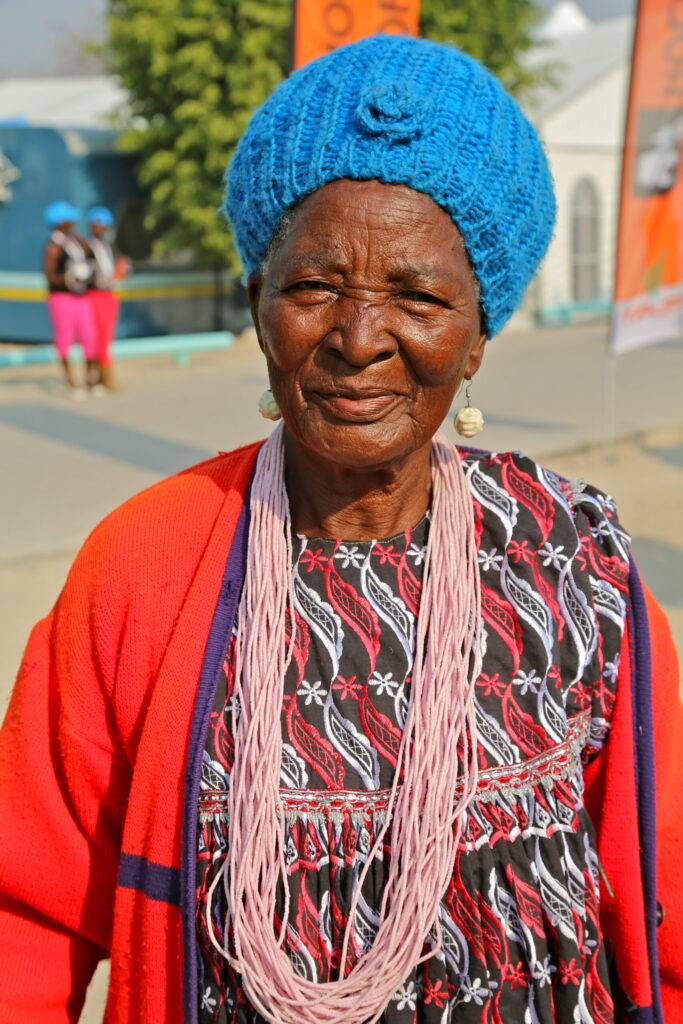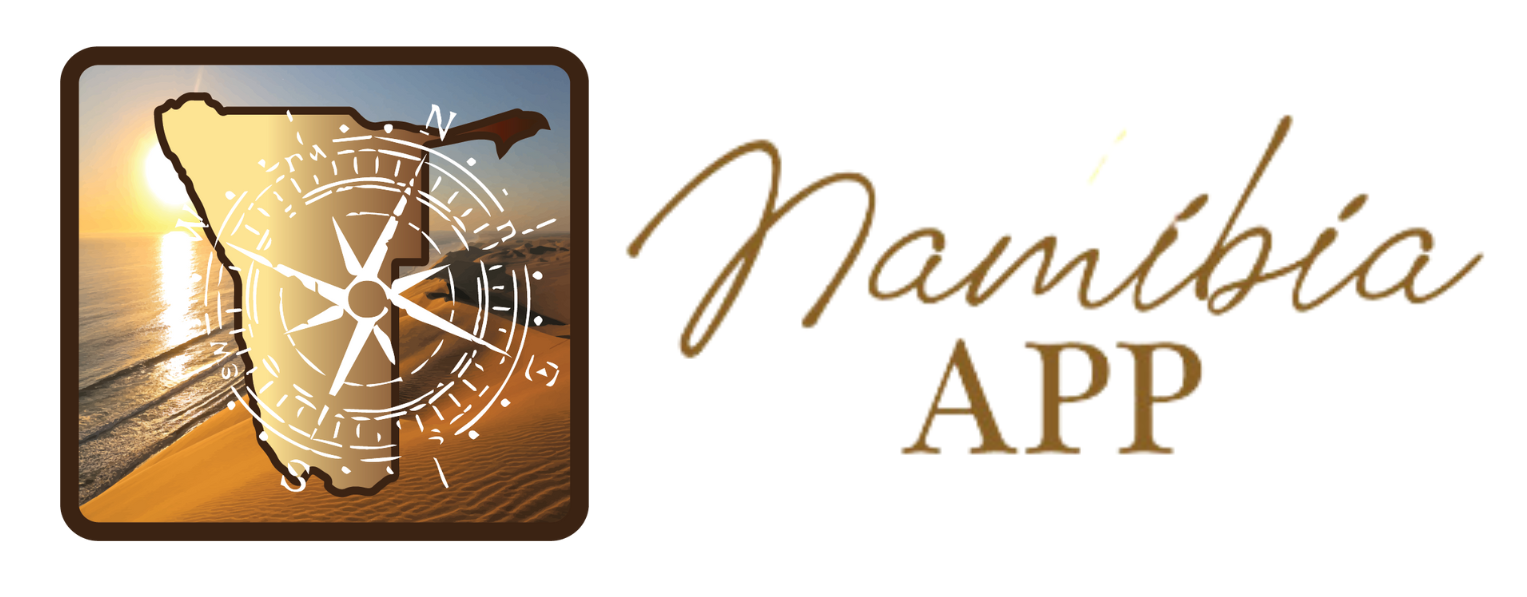The Owambo

The roaming nature and flexibility of the Owambo, coupled with the cycle of the seasonal efundja, very much define their character as a people.
In about 1550 the tribes referred to collectively as the Owambo moved down from the Great Lakes in East Africa to settle between the Kunene and Okavango rivers in central-northern Namibia. The Owambo consist of eight tribes, the largest being the Kwanyama. The other tribes are the Ndonga, Kwambi, Mbalantu, Kwaluudhi, Ngandyela and the smaller Nkolonkadhi and Unda.
Following Namibia’s independence in 1990, what was traditionally known as Ovamboland or Owambo was divided into four regions: Omusati, Oshana, Ohangwena and Oshikoto. While these four regions are still where the majority of Owambo people live, large numbers have migrated southwards and settled throughout the length and breadth of the country, forming the major part of the workforce in the mining and fishing industries.
During the rainy season life on the vast plains of Owambo depends on the efundja, the floods that feed the flat, shallow depressions called oshanas. Here a mixed economy of agriculture and farming with livestock is practised.
Major crops in the agronomy sector are mahangu (pearl millet), maize, groundnuts and sorghum, while livestock consists mainly of cattle, goats and chickens, supplemented by fishing in the oshanas. Groups of women are involved in home industries such as basketry, dressmaking, pottery and woodcarving.
While Owambo women traditionally cultivated the land and raised the children, they are nowadays increasingly entering the labour market as civil servants, nurses, teachers and shop assistants.
An intriguing side to these versatile people is their natural bent for trading, borne out locally in the over 10,000 stalls, cuca shops (where liquor is served and sold) and shopping complexes in the region. One of Namibia’s most successful businessmen is multi-millionaire Frans Indongo, who built Frans Indongo Gardens in Windhoek.
More than any other of Namibia’s population groups, the Owambo have consistently played an active role in politics. The South West Africa People’s Organisation, Swapo, has been the ruling party since independence. It started as a non-violent pressure group, the Owambo People’s Organisation, led by Adimba Herman Toivo ya Toivo and Samuel Shafiishuna Nujoma, the man destined to become the first president of an independent Namibia. He was succeeded by fellow countryman and former Cabinet Minister, Hifikepunye Pohamba. The current President of Namibia is Dr. Hage Geingob.

